The Cynical Reason Paramount Invested In The First Star Trek Film
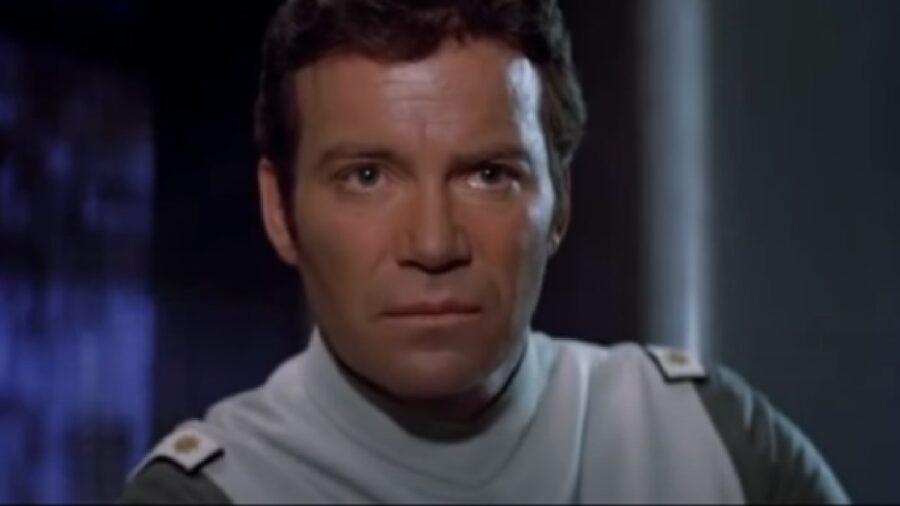
To this day, one of the most impressive things about Star Trek: The Motion Picture is how much money Paramount spent to bring it to life. The blockbuster film had a budget of $44 million in 1979, and in today’s dollars, that would be just a little more than $190 million. The reason the studio gambled so much money on this franchise is cynically simple: back then, Paramount’s vice president for merchandising and licensing expected the studio to make at least $250 million from the sales of merchandise.
Star Trek: The Motion Picture Was A Gamble
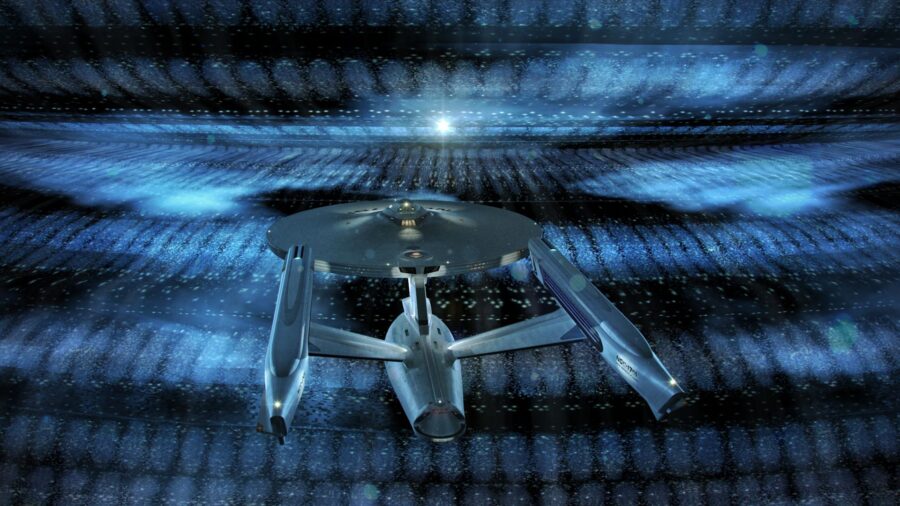
At the time, Paramount looked at Star Trek: The Motion Picture as something of a calculated gamble. Reruns of The Original Series had been gaining popularity for the past decade, resulting in an animated spinoff series meant to capitalize on this popularity.
However, it wasn’t entirely clear how that small-screen popularity would translate to big-screen success, especially after Star Wars had blown everyone’s minds only two years earlier.
Paramount Wasn’t As Generous With Sequels
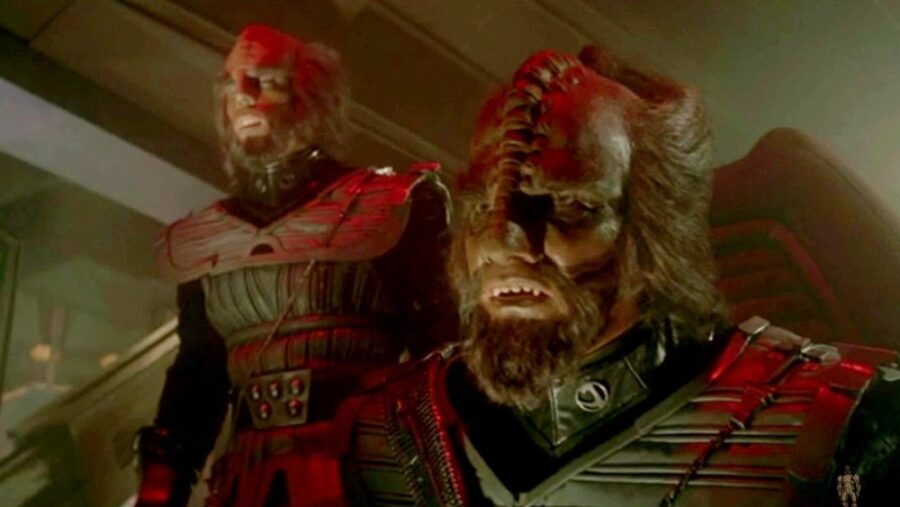
Despite this gamble, the studio decided to invest in Star Trek: The Motion Picture in a big way. Notably, the sequels to this film had a fraction of its outsized budget–the fan-favorite The Wrath of Khan, for example, was made for only $12 million.
Paramount wouldn’t make a Star Trek film with a bigger budget than TMP until the 1996 film First Contact, which had a budget of $45 million.
Merchandising Projections
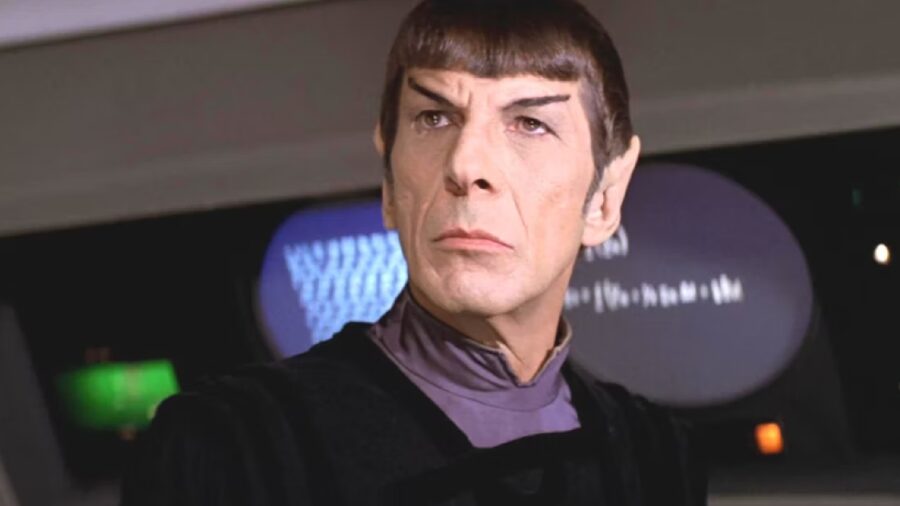
That brings us back to the core question: why did Paramount throw so much money at Star Trek’s first feature film?
As reported by Playboy, Dawn Steel, the company’s then-Vice President of merchandising and licensing, said that her conservative projection was the film would have $250 million in licensed product sales, and she thought it entirely possible the sales could be twice that.
In other words, even if The Motion Picture completely bombed, Paramount was hoping to make somewhere between 5 to 11 times the budget on merch sales alone.
Confidence
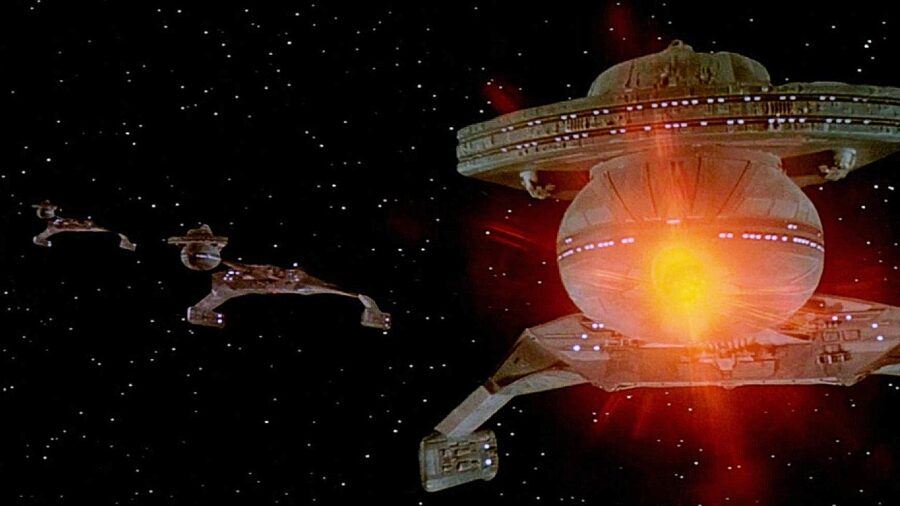
As for why Steel was so confident about Star Trek selling this much merchandise, she noted that parents will always make room in the budget to make their children happy.
“Licensed children’s merchandise is the last category to suffer in a recession,” she said. “Dad will give up his suits, but his kids will still get toys and clothes.”
By now, younger Star Trek fans are probably scratching their heads at the idea of this franchise selling plenty of toys to kids. Not only was The Motion Picture not exactly a kid-friendly action film, but this franchise has never been able to sell merch to kids like Star Wars has.
However, back in 1979, Paramount went all-in on trying to sell kids every kind of possible toy and accessory.
Happy Meals
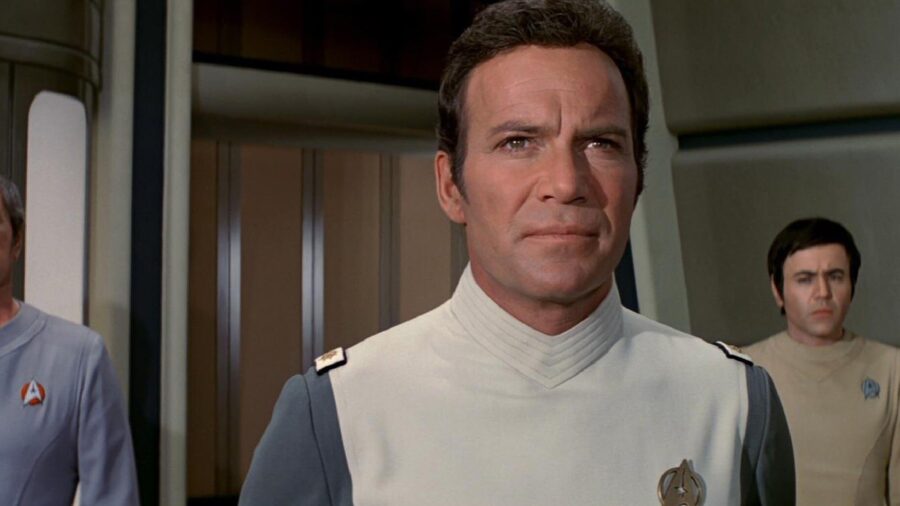
Back then, Mego sold action figures small action figures that, like their Star Wars counterparts, could fit into a cool playset: the Enterprise Bridge. There were replica ships so kids could have their own battles between the Enterprise and the Klingons, or maybe have that warrior race attack a hapless Vulcan shuttle.
In a strange bit of marketing synergy, Paramount also made a deal with McDonald’s, and the very first Happy Meal ever made was created for Star Trek: The Motion Picture.
We’re obviously not privy to how much Paramount made from this first Star Trek film’s merch sales–the fact that the next film had a fraction of the budget is certainly proof that they wanted a better return on either the box office, the merchandise, or both.
Still, things worked out for both the studio and fans, and The Wrath of Khan proved that it was possible to create a killer Trek film on a streamlined budget. As for us, we’re wondering when Paramount will finally offer another Star Trek Happy Meal for modern fans…heck, we’d even settle for a blue warp core milkshake to beat this summer heat.












